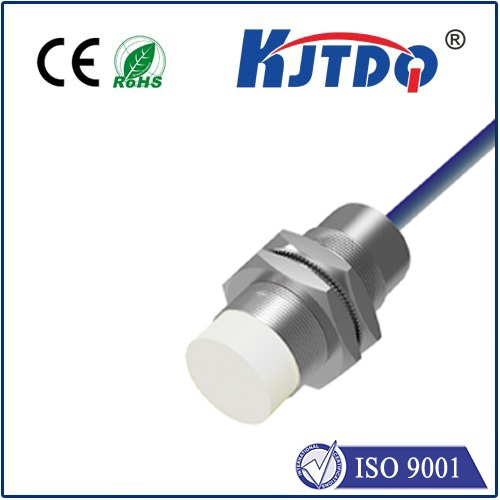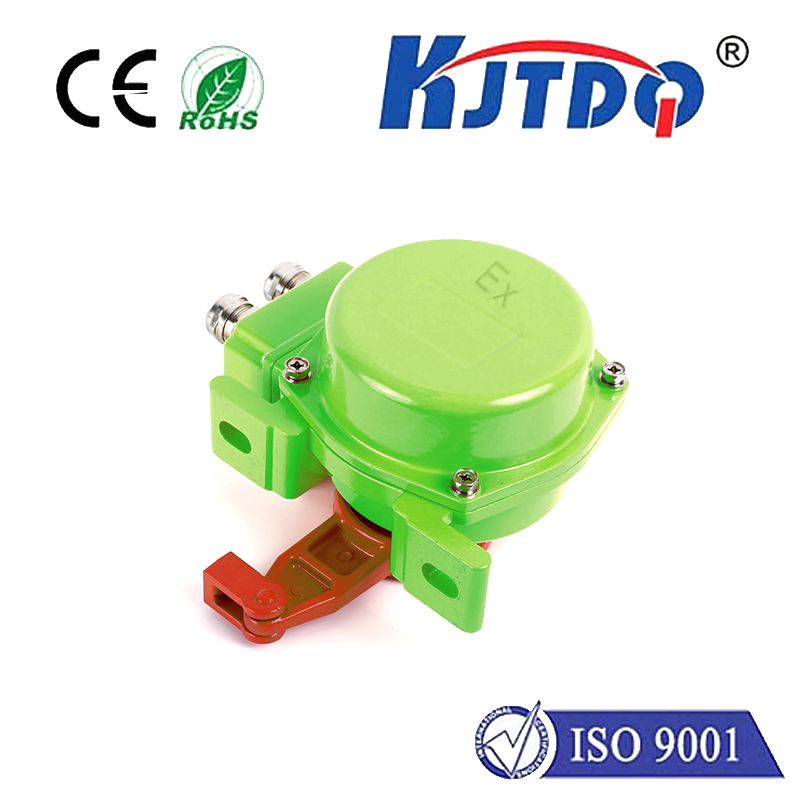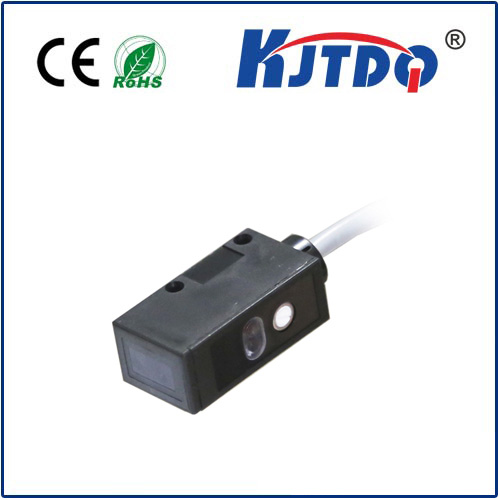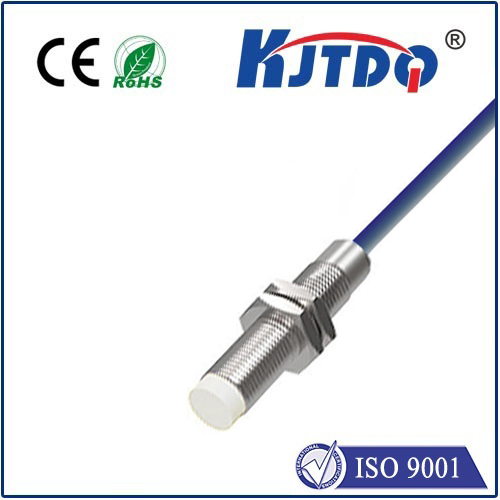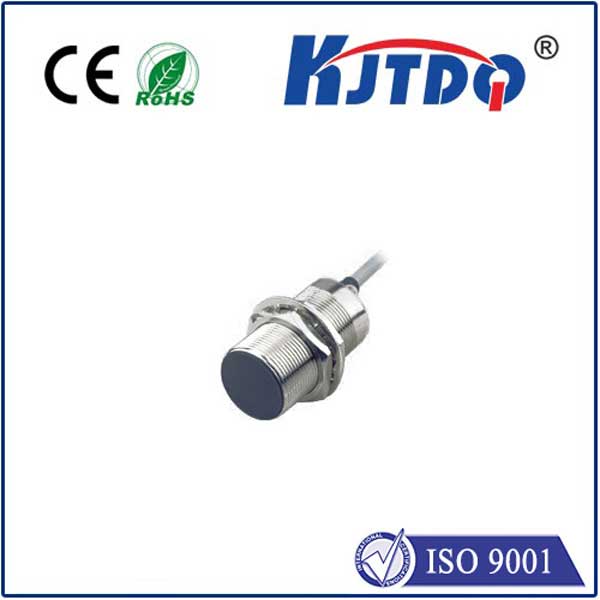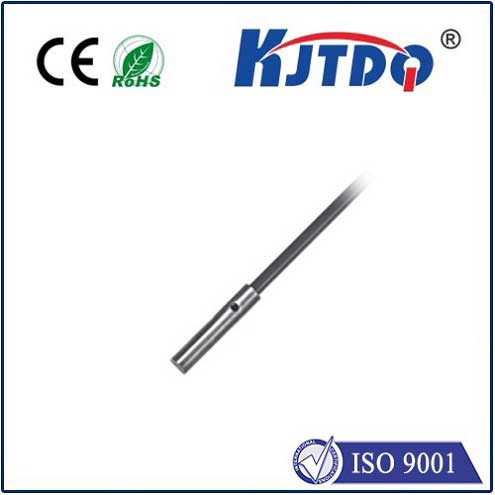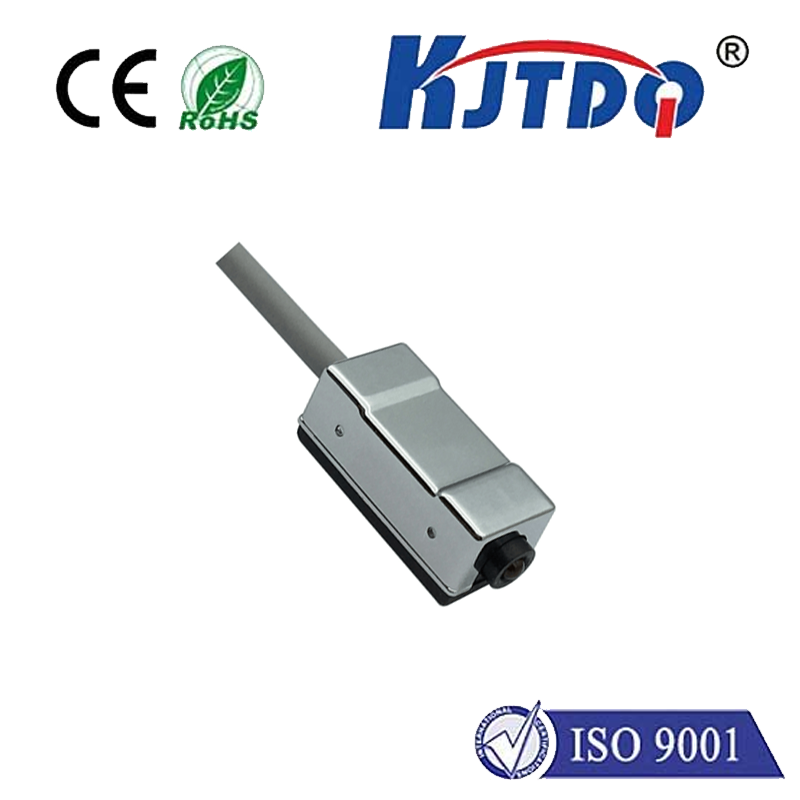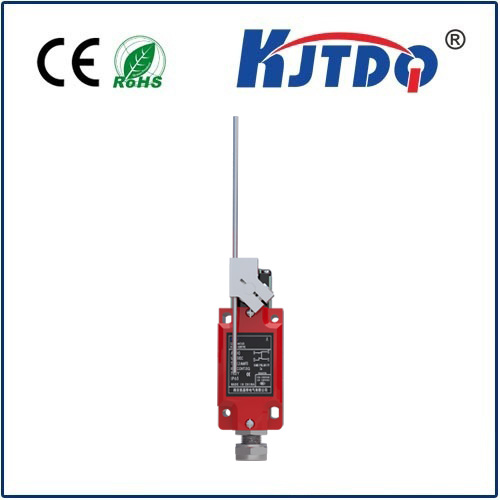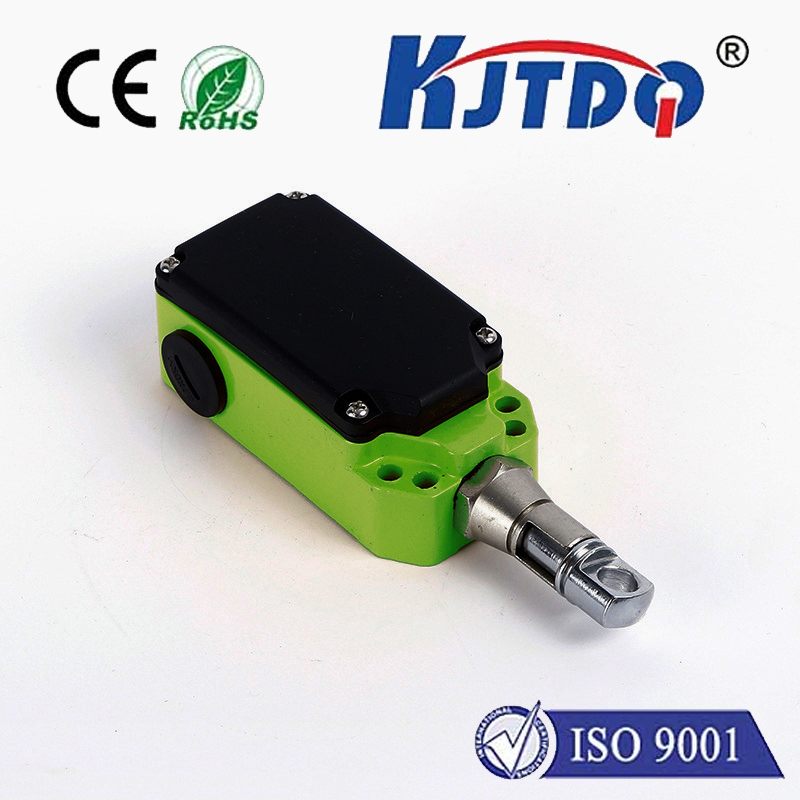
Проверка

Проверка

Проверка

Проверка

Проверка

Проверка
Every day, on countless construction sites, bar bending machines perform the crucial task of shaping steel reinforcement bars to precise specifications. It’s a process demanding power, accuracy, and, critically, safety. While the bending mechanism itself might capture attention, a small but indispensable component silently works behind the scenes to prevent catastrophe and ensure consistent results: the limit switch. Understanding its role is paramount for operators, technicians, and anyone invested in efficient and safe construction operations.
Imagine a bar bending machine operating without constraints. A powerful hydraulic ram could extend far beyond its design limits, potentially causing structural damage to the machine itself. Worse, it could collide with the operator or nearby objects, creating a severe safety hazard. Alternatively, the machine might fail to stop precisely at the programmed bend angle, resulting in costly scrap material and project delays. This is the chaotic reality that limit switches are engineered to prevent.
What Exactly is a Limit Switch in a Bar Bending Machine?
Essentially, a limit switch is an electro-mechanical control device strategically positioned within the machine. Its core function is to detect the presence or absence of the machine’s moving parts (like the bending head, ram, or feed rollers) at pre-defined physical positions. Think of it as a highly reliable, physical “stop sign” for the machine’s automated movements. When the moving component reaches the limit switch actuator (a lever, roller, or plunger), it triggers a change in the switch’s electrical contacts. This signal is instantly relayed to the machine’s control system, commanding it to halt or reverse the movement.
The Critical Functions Performed by Limit Switches:

Over-Travel Protection & Safety: This is the primary and most critical role. Limit switches physically prevent components like the bending ram from moving beyond their safe mechanical boundaries. This is non-negotiable for operator safety, protecting against crushing injuries, collisions, and catastrophic machine failure. It also shields the machine’s internal mechanisms from excessive force and wear.
Precise Positioning for Bending Accuracy: Beyond safety, limit switches are crucial for achieving the exact bend angles required by engineering drawings. They act as reference points for the control system. When the bending head reaches the switch position corresponding to the desired angle, the signal triggers an immediate stop or reversal. Consistent activation of these switches is fundamental for repeatable, high-quality bends on every reinforcement bar.
Defining the “Home” Position: Many bar bending machines use a limit switch to establish a precise “zero” or “home” position. This is the starting point from which all subsequent bending movements are measured. A reliable, repeatable home position switch ensures consistency across multiple bending cycles and operators.
Sequence Control: Complex bending sequences involving multiple bends or movements rely on limit switches to confirm that one step has been successfully completed before initiating the next. This ensures the machine operates logically and predictably.
Preventing Material Jams: In machines with automatic feeding systems, limit switches monitor the position of feeding rollers or guides. They can detect if the reinforcing bar isn’t feeding correctly or if a jam occurs, triggering an alert or shutdown to prevent damage to the feeding mechanism or the bar itself.
Choosing and Maintaining the Right Bar Bending Machine Limit Switch:
Given the harsh environment of construction sites – dust, vibration, metal chips, potential oil/grease splashes, and impacts – selecting robust limit switches is essential. Key considerations include:
Maintenance is equally critical for reliable limit switch performance:
The Bottom Line: Safety and Precision Interlocked
The ограничительный выключатель станка изгиба арматуры is far more than a simple component; it’s an indispensable safety interlock and a critical element for operational precision. Its failure can lead to dangerous situations for personnel, costly machine repairs, damaged materials, and rework due to inaccurate bends. Understanding its function, selecting ruggedly designed switches appropriate for the environment, and implementing a routine maintenance program are not just operational best practices – they are essential investments in worksite safety, machine longevity, and project efficiency. Never underestimate the power of this small switch to safeguard lives and ensure the structural integrity of the very buildings being constructed.

